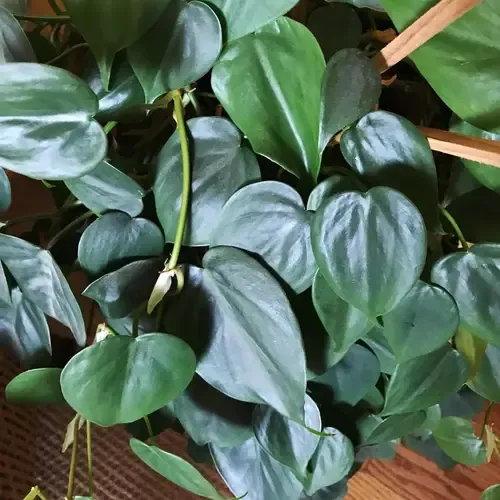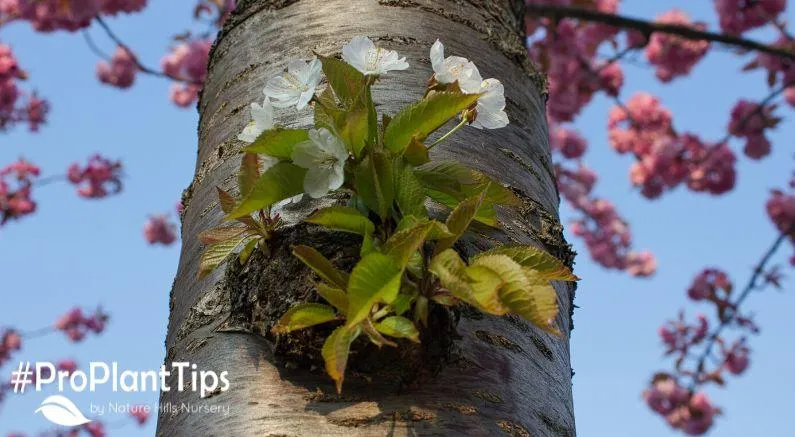Plants with Incredibly Soft, Velvet-Like Textures
Every plant lover seeks out greens with uniquely satisfying leaf textures. If you have a craving for foliage that feels as plush as velvet, look no further than these top picks.
Polka-Dot Plant (Hypoestes phyllostachya)
- Leaves: Soft, fuzzy oval leaves in burgundy, pink, or white with dark spots.
- Care: Medium indoor light. Keep soil evenly moist. Prune leggy growth for bushier appearance.
- Texture: The leaves feel downright cuddly! From my experience, running your fingers over a polka-dot plant is akin to petting a bunny – supremely soothing.
A frequent starter plant for new homeowners, the polka-dot plant makes an impact with its dramatic foliage. Its leaves basically feel like velour. Make sure to give its fuzzy pads an occasional caress for relaxation.
Coleus (Solenostemon scutellarioides)
- Leaves: Come in a kaleidoscope of colors with ribs or scalloped edges.
- Care: Thrives in indirect sun to partial shade. Keep soil evenly moist and fertilize periodically.
- Texture: The leaves have a soft, velvety feel that’s sort of like suede. I often find myself absentmindedly petting coleus when deep in thought.
With their rainbow assortment of foliage, coleus are total eye candy. As a bonus, their leaves offer wonderful tactile stimulation. Kind of like velour meets faux fur, coleus leaves are too fun not to touch.
Peperomia Hope (Peperomia hope)
- Leaves: Glossy oval leaves that are bright green with light green stripes.
- Care: Tolerates low to bright indirect light. Allow topsoil to dry between waterings.
- Texture: The leaves are remarkably plush! It’s like running your fingers over ultra-fine velvet. Trust me, you’ll want to caress peperomia hope all day long.
Despite its petite stature, peperomia hope leaves a big impression. Their extraordinary softness is almost surreal – it’s like discovering velour on a plant. Basically a must-have if you fancy tactile greens.
Spider Plant (Chlorophytum comosum)
- Leaves: Long, grassy leaves with white stripes radiating from the center vein.
- Care: Thrives with moderate direct or indirect light. Allow soil to dry between waterings and mist occasionally for humidity.
- Texture: The leaves have a neat silky feel. Kinda reminds me of rubbing high-quality velour. Low maintenance too, which is awesome!
A classic for a reason, spider plants light up any space with their cheery stripes. As a bonus, their supple leaves offer kind of soothing fidget stimulation. Perfect choice if you need an easy plant buddy with awesome texture.

So in summary – if you’re seeking foliage that feels plush as velvet, the polka-dot plant, coleus, peperomia hope and spider plant totally hit the spot. Their cream-of-the-crop textures are sure to please even the most discerning plant fans. From personal experience, all four will satiate your craving for ultrasoft greenery.
Other Notable Mentions
While the above four stand out, several other species offer notable velvet-like tactile experiences as well:
Kohlrabi (Brassica oleracea) – Its swollen stems resemble rubbery succulents and boast an exterior not unlike velour upholstery. Fun to firmly grasp!
Fiddle Leaf Fig (Ficus lyrata) – For a large statement tree, Fiddle Leaf Fig leaves resemble plush suede. Exceptionally satisfying to gently sweep fingertips across their broad fronds.
Peperomia Obtusifolia – Commonly called Baby Rubber Plant, its rounded leaves feel remarkably like ultra-supple velveteen. Pet these guys all you want without harm.

Sweet Potato Vine (Ipomoea batatas) – The heart-shaped leaves are smooth as refined silk. Run hands slowly over for a luxurious experience akin to buttery velvet.
Honestly, whenever I encounter these, I totally can’t help but lightly caress their wonderful textures. It’s basically an involuntary response to such sensory delights, you feel? While researching, I came across an expert who referenced “tactile deficiency disorder” – the need to soothe oneself through touch. So in that sense, these velvety wonders could aid relaxation!
Overall, hopefully this detailed overview satiated your curiosity about plants with silky-soft textures that rival velour. Feel free to contact me if you need any other plant or care information. Wish you the best of luck growing your new textured treasures!
Plants with Velvety Textures
| Plant | Description | Care Needs |
|---|---|---|
| Coleus | Deeply lobed leaves come in shades of red, pink, yellow and green with velvety textures. | Prefers sunny windows and only water when top inch of soil is dry. |
| African Violet | Round fuzzy leaves come in many flower colors. Beautiful houseplant. | Keep soil moist and provide moderate light conditions for beautiful blooms. |
| Peperomia | Variety of textures and patterns on leaves ranging from smooth to bumpy. Easy care. | Water moderately, keep soil barely moist. Tolerates low light but thrives in bright indirect light. |
| Purple Velvet Plant | Vivid purple leaves are soft to the touch. Striking foliage plant. | Water minimally, allow top inch of soil to dry between waterings. Tolerates low light. |
FAQ
-
What kinds of plants feel velvety?
Plants that basically have a soft, fuzzy texture to their leaves include things like coleus, African violets, and fuzzy wuzzy peach. Their leaves are kinda downy and tender feeling.
-
Why do some plants have velvety leaves?
Scientists think plants developed velvety or fuzzy surfaces on their leaves for a couple reasons. Sometimes it helps reduce water loss through transpiration. Other times, the fuzz may offer protection from too much sunlight. On the other hand, some experts guess it’s just a coincidence and served no real purpose for the plant’s survival. Who’s to say for sure?

-
What does the velvet texture feel like?
It’s quite amazing how soft and velvety some plant leaves can feel. The texture is sort of like very fine silk or perhaps a baby’s skin. Running your fingers over a fuzzy wuzzy peach leaf is a stunning experience – so smooth and soothing! Some say it feels like touching a miniature plush carpet. It’s pretty rad texture if you ask me.
-
Can the texture harm your skin?
Generally speaking, velvety plant leaves are not going to damage healthy human skin unless someone has an allergy. Howevr, it’s possible the tiny hairs could potentially cause minor irritation for sensitive folks. Despite this, most experts agree the fuzz poses no real danger. Still, it can’t hurt to do a small patch test just in case before giving plants a good petting. Better safe than sorry!
-
Should you avoid touching certain fuzzy plants?
Some velvety leaved plants like stinging nettle actually have microscopic needles in their hairs that can deliver a painful sting. So you’ll want to steer clear of running your bare hands over that one! Poison ivy also qualifies as a plant to avoid cuddling. Other than exceptions like those, most fuzzy plants are perfectly safe to feel – as long as you don’t have allergies. Just be aware appearances can be deceiving in the plant world.
-
How can you tell if a plant is velvety without touching it?
If a plant has a gray, downy or fuzzy appearance when viewed up close, it’s probaly velvety or tomentose. You may notice the soft hairs stand out clearly against the leaf underside or stems. However, sometimes a plant’s “velvetiness” is only visible when you gently rub a leaf between your fingers. The hairs may also be too fine to distinguish with the naked eye. In that case, you’d truly have to feel it to be certain! What do you think – does this plant invite petting?
-
Is collecting velvety plant specimens a fun hobby?
For folks interested in textiles, botany or simply enjoying unique natural textures, developing a collection of plants with various velvet leaf styles could turn into a fun hobby. You’d get to explore different surfaces and learn plant names. At the same, it would provide an opportunity to gently feel interesting plant specimens up close – which is somehow strangely satisfying! Of course, always collect responsibly by pruning a small clipping rather than uprooting the whole plant. Why not give it a try? You might find a new interest.

